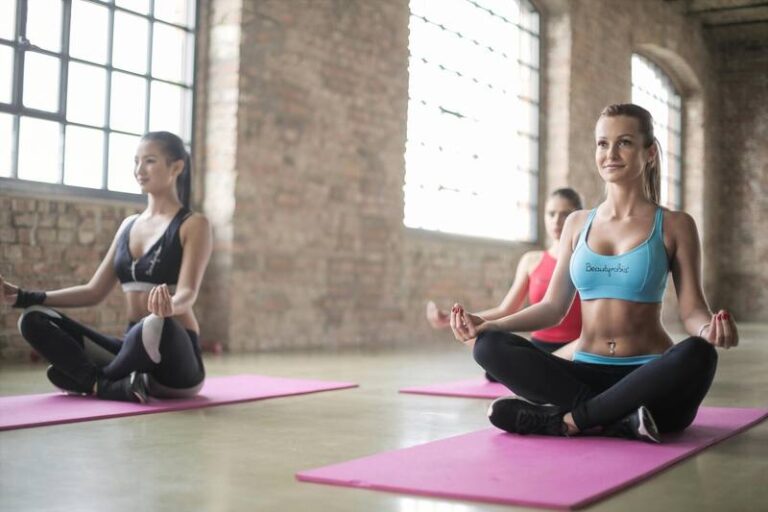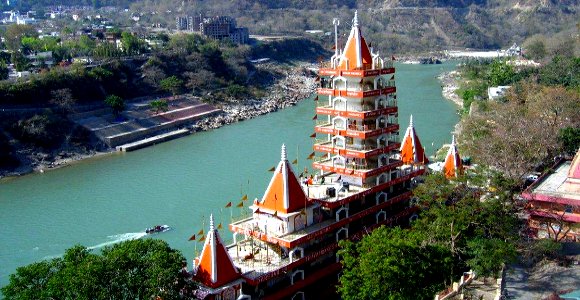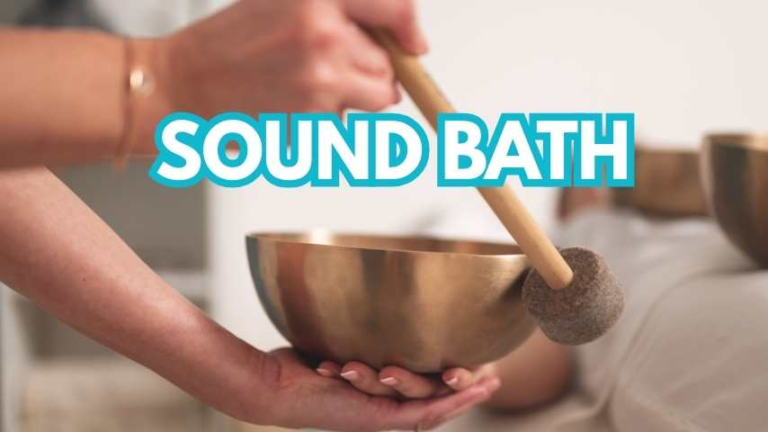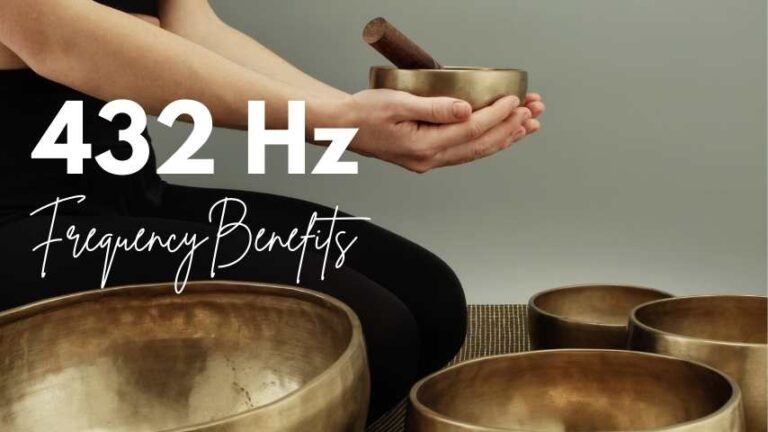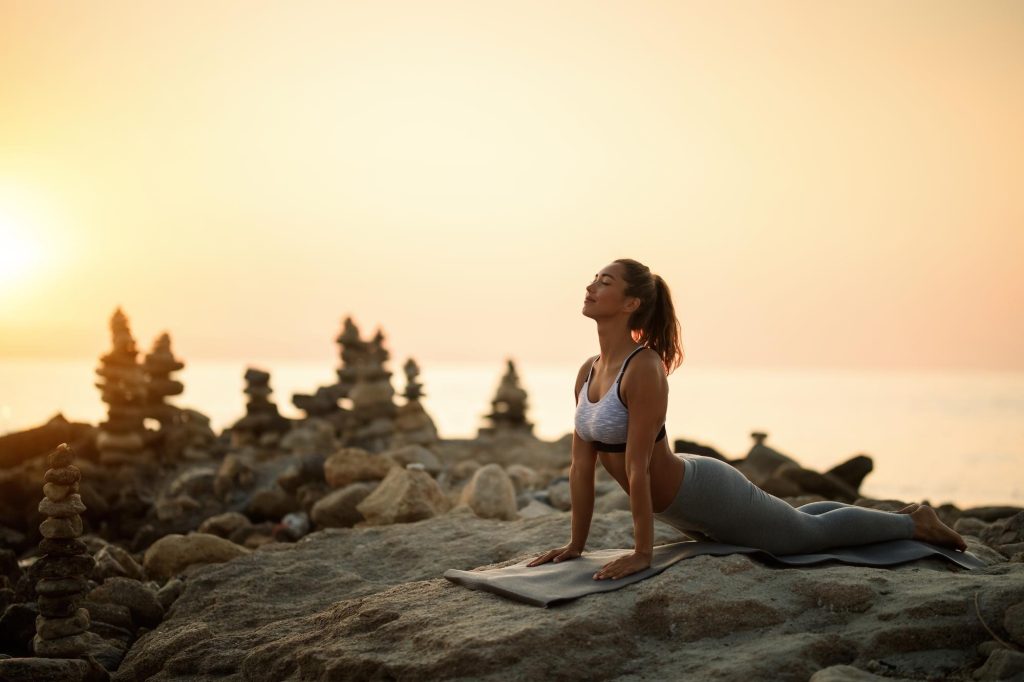
How to Choose the Perfect Yoga Retreat: A Complete Guide for Beginners and Advanced
Yoga retreats are not just a way to get away from routine. This is a real reboot for the body, mind and spirit. To make this journey truly transformational, it is important to choose the appropriate format, location, and conditions. In this guide, we will tell you how to choose a yoga retreat that is perfect for you – whether you are a seeker of silence, a digital nomad with an eSIM card, or a proponent of a sustainable lifestyle.
Why go to a yoga retreat?
Yoga retreats today are not a fashion, but a necessity for many who want to escape from the hustle and bustle of the city and return to themselves. Such trips help to improve physical and mental health, find like-minded people, and sometimes even change your lifestyle.
Define the goal: what do you want to get out of the retreat?
Every conscious journey begins with the question: why? Do you want to relax on the beach, strengthen your body and mind, or immerse yourself in a meditative practice?
Yoga retreats can be:
- Intensive course on deepening practice.
- A remedy for recovery and detoxification.
- A space for spiritual transformation.
If you combine practice with active movement, consider the convenience of communication. This is where Yesim – your virtual SIM card comes to the rescue – it is especially convenient if you use Android or iPhone and travel between countries frequently.
Choosing a place for a yoga retreat: beach, mountains, or city?
The right place is half the success. It should not only inspire but also help you relax and focus.
What should be considered when choosing a location:
- Natural setting: forest, ocean, mountains, or farm ranch.
- Distance from cities and tourist areas.
- Weather, seasonality, and climate.
- Cultural features of the region.
For example, India is a great destination for traditional practice, while Bali or Costa Rica is suitable for a gentle immersion in an atmosphere of zen and comfort. If you plan to travel to several countries, it is convenient to connect to the eSIM service in advance – this will eliminate the need to buy local data SIM cards in each region. Or you can use an unlimited internet data SIM card for India, for instance.
Teachers and the program: what should I pay attention to?
Instructors play a crucial role in the atmosphere of the retreat. So check it out:
- Teachers’ experience and qualifications.
- Their style of teaching.
- The depth and saturation of the schedule.
Make sure that the program is balanced: alternating practices, meditations, free time, and additional activities will allow you to get not only results but also pleasure from the process. Check the reviews and videos of the classes. Even in an offline retreat setting, online communication is often required. A travel SIM card or data roaming SIM card will help you stay in touch with the organizers and your loved ones.
Where will you live and what will you use?
A comfortable environment is an integral part of a quality retreat. Convenience options may include:
- Minimalistic bungalows, eco-houses, or stylish villas.
- Organic food, vegetarian menu, Ayurvedic dishes.
- Spas, massages, pools, meditation pavilions.
Ask yourself the question: is luxury or privacy important to you? Is communication suitable for you or do you want silence? The answer will help to avoid disappointment. If digital privacy is important to you, pay attention to digital security/privacy in hotels: secure Wi-Fi and secure infrastructure. And do not forget about the Virtual SIM card, so as not to depend on unstable communications in remote locations.
Atmosphere: how many people and what kind of energy?
Group dynamics can greatly affect your experience. Note:
- Small groups (up to 10 people) provide an individual approach and comfort
- Larger retreats can be more social, but less intimate.
Think about what kind of atmosphere you feel comfortable in – this will help you get the most out of your trip. If you are a digital nomad, a SIM card will provide reliable communication with work and the outside world, even in the wilderness. This is especially true for those who combine retreat with remote employment.
Budget and value: where does your money go?
Yoga retreats vary greatly in cost. But a high price does not always mean quality. Specify what is included in the price: accommodation, meals, transfers, excursions, additional classes. Sometimes a budget retreat offers a more in-depth experience than a luxurious but formal one. Compare not only the prices but also the value you receive.
When to go and for how long?
The time and duration of the retreat depend on your goals and capabilities.
- Short retreats (3-5 days) are suitable for a quick reboot.
- Average duration (7-10 days) – for full recovery and development.
- Long-term (2 weeks or more) – for deep transformation and professional growth.
Choose a retreat that will easily fit into your rhythm of life and will be in harmony with your current state.
Final checklist before booking
Before clicking the “Book” button, check:
- Does the program meet your goals?
- Is there enough information about the teachers?
- Is there any real feedback from the participants?
- Are the living and eating conditions clear?
- Has the refund policy been clarified?
Be attentive to the little things – they often determine the overall level of satisfaction with a trip.
Your journey begins with a conscious choice
A yoga retreat is an investment in yourself. The ideal option is not the one in a trendy place, but the one that helps you feel better. Listen to yourself. Don’t be afraid to ask questions and explore the details. Then your yoga trip will not just be a vacation, but a real step towards a new level of life and awareness.


